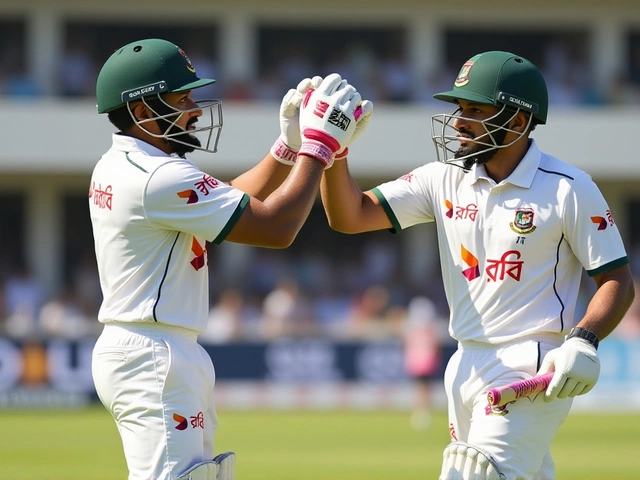Media Analysis and Criticism: What You Need to Know
Ever wonder why some headlines feel like click‑bait while others seem genuinely balanced? Media analysis is the toolbox we use to separate the two. It’s not about being a media snob; it’s about getting the facts without the fluff. In this category, we break down the biggest stories, dig into the motives behind them, and give you the skills to read news with a clear eye.
Why Trust Matters in News
Trust is the currency of journalism. When a newspaper or channel consistently delivers accurate, unbiased reporting, readers feel safe spending their time on it. In India, that trust is a hot topic. Some viewers say big networks push government talking points, while others swear by the investigative pieces that expose corruption. The truth lands somewhere in the middle: a few outlets tilt one way, others tilt the opposite, and many try to stay neutral.
Social media throws another wrench into the mix. A single tweet can spread a story faster than a newspaper’s print run, but it also amplifies rumors. That speed makes it harder to verify sources before you share. The result? A swirl of opinions, some based on solid facts, others on speculation. Understanding how trust works helps you decide which sources deserve your attention.
Tips for Cutting Through Bias
First, check the author’s background. Reporters who have covered a beat for years usually know the nuances better than a guest columnist writing a one‑off piece. Second, compare at least two outlets on the same story. If the facts line up but the tone differs, you’ve likely spotted a bias in framing, not in the data itself.
Third, look for citations. A credible article will link to official statements, court documents, or data from reputable agencies. Vague references like “experts say” without naming anyone are a red flag. Fourth, pay attention to the headline. Sensational phrasing often signals that the article will over‑emphasize drama at the expense of context.
Finally, ask yourself what’s missing. Every story leaves out something—maybe a counter‑argument, a broader historical view, or the perspective of a marginalized group. Spotting those gaps sharpens your critical eye and prevents you from accepting a single narrative as the whole truth.
By using these shortcuts, you can navigate the cluttered news landscape without feeling overwhelmed. The goal isn’t to become a cynic; it’s to become a smarter reader who knows where to look for reliable information.
Stay tuned to this “Media Analysis and Criticism” hub for deeper dives into specific topics—like the recent debate on Indian news media trustworthiness, the rise of fact‑checking platforms, and how algorithmic feeds shape what you see. Each post gives you a practical takeaway you can apply right away, so you’ll never feel stuck in the endless scroll of headlines again.
In my latest blog post, I explored the trustworthiness of Indian news media. I discovered that there are varying opinions on this topic, with some people believing that certain news outlets are biased and sensationalized, while others maintain that a majority of journalists are doing their best to report accurate and fair news. I also found that the rise of social media and the accessibility of information have played a significant role in shaping public perception of news media. Ultimately, it's essential for us to be discerning consumers of news and verify information before believing it completely. Stay tuned for more insights on this topic in my upcoming blog posts!
Read more





